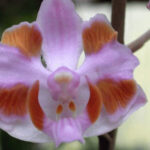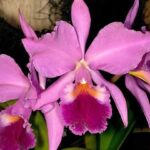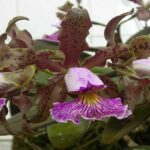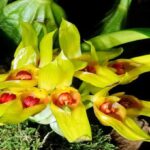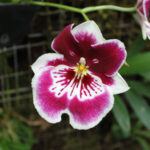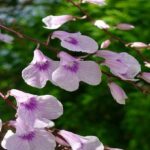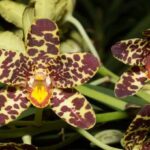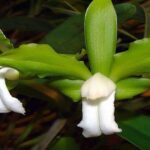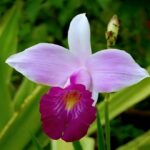The dendrobium kingianum is one of the most curious orchids in the dendrobium genus.
Discovered in 1844 by John Carne Bidwill, an English botanist, this orchid is now found in the homes of thousands of orchid enthusiasts.
In this article, you will learn more about its characteristics, interesting facts, and how to cultivate this orchid.
Learn How to Achieve Super Blooms on Your Orchids
🛑 If you love orchids and you're tired of not being able to make them bloom...
Then, know that thousands of beginner growers are achieving beautiful flowers on their orchids by following this method.
Click the button below to have beautiful orchids with show-worthy flowers every year. ⤵
About
The dendrobium kingianum is native only to Australia, being one of the most popular plants in this country.
Some interesting characteristics and facts about it include:
- In nature, it is mainly found on rocks (rupicolous), but in some cases, it is also found on trees (epiphytic) and rarely on the ground (ground orchids).
- It inhabits regions ranging from sea level to 1000 meters (3281 feet) in altitude.
- Its name is a tribute to the third governor of New South Wales, Philip Gidley King.
This dendrobium can be cultivated in small spaces, as it usually does not exceed 30cm (11,8 inches) in height.
After being described, dendrobium kingianum was published by the famous John Lindley in The Botanical Register.
Several years later, this orchid sparked controversy.
In 2002, two researchers proposed a genus change, so that this orchid would become a Thelychiton, but so far, they have not succeeded.
Flowers
Popularly known as rock orchid due to its mainly rocky habitat, dendrobium kingianum has very beautiful flowers.
- Its duration: its flowers can last up to 25 days.
- Its scent: the flowers have a slight sweet fragrance.
- The number of flowers: dendrobium kingianum typically produces between 2 to 15 flowers.
In addition to all this, its flowers are between 2 to 2.5cm (0,8 to 1 inch) in diameter and captivate us with their great variety of colors.
Most of these plants have pink flowers.
But besides this color, dendrobium kingianum can also be found with flowers in:
- White
- Red (rare)
- Purple
- Blue/purple
Thanks to this great diversity, this orchid has gained prominence among orchid enthusiasts.
Cultivation of Dendrobium Kingianum
Like most dendrobiums, this orchid is easy to cultivate.
But you must be careful, as otherwise your orchid will not bloom. Many growers make mistakes that prevent this orchid from flowering.
So, below you will learn how to avoid these mistakes.
Where to Grow
Despite being mostly rupicolous, these orchids are usually grown as epiphytes.
NOTE: If you don’t know what rupicolous, epiphytic, and terrestrial orchids are, go back to the beginning of the article, where we explain it.
Some commonly used options to grow this dendrobium are:
- Pots (terra cotta, plastic, or orchid wood basket)
- Mounted on plaques
- Tied to trees (water a little more at the beginning, so the plant can attach; rough-barked trees are usually good options)
After choosing the best pot for your plant, it’s time to choose the ideal substrate.
Potting Mixes
Following the same logic as planting, here we will also use recommendations for epiphytic orchids.
Therefore, we will choose potting mixes with good drainage and suitable for epiphytes.
Some options are:
- Charcoal
- Gravel (at the bottom)
- Sphagnum moss
- Pine bark
- Styrofoam
Choose some of these potting mixes and mix them to plant your orchid.
Watering
Watering is a very simple factor but can prevent your orchid from flowering.
You will water your dendrobium as soon as the potting mix is dry.
Also, be very careful not to let water accumulate at the bottom of your pot.
And finally, the part that will make your orchid bloom.
Dendrobiums need a water stress to bloom, so during autumn and winter, you should reduce the watering of your orchid so that it can bloom properly.
If you don’t know how to do this, check out this infographic on how to reduce watering in dendrobiums in the article about dendrobium nobile.
Light
This is a very resistant orchid when it comes to lighting.
It will survive with various light conditions, but to bloom, you need to provide the right lighting.
Normally dendrobium kingianum likes moderate shading of 40 to 50%.
You will know you are providing the right amount of light when:
- Your orchid is blooming well
- Its leaves are reddish (not excessively)
If the leaf of this dendrobium is dark green, it needs more sun to bloom.
Do You Want to Learn How To Keep Your Orchids Healthy And Ready to Bloom Every Year?
So, I prepared a complete guide, step by step and illustrated, that will show you:
• The secrets to getting beautiful flowers every year
• How to fight and identify pests and diseases on your orchids
• THE MAGIC SUBSTANCE for orchids and how to use it
• And much, much more.
The great news is that the manual is now available at a super discount!!
But beware, it's only for the first buyers.
Click on MORE INFORMATION below and discover the secrets to show-worthy flowers. 👇
Temperature and Humidity
Another very important factor is temperature.
This is a dendrobium that likes varied temperatures during its growth periods.
Usually during spring and summer, temperatures can be moderate, ranging from 5°C to 35°C (41°F to 95°F), but it is recommended to be more balanced.
However, during autumn and winter, it needs more cold.
Therefore, make sure it stays at temperatures around 10°C (50F°), especially at night.
As for humidity, an average of 50% or a little more is ideal.
How to Make Seedlings
Also known as keikis, the seedlings that orchids generate can be either positive or negative.
This depends a lot on your goals with your orchids, as:
- Positive: seedlings will help you have more orchids.
- Negative: when your plant generates seedlings, it usually does not produce flowers.
Usually, keikis appear when the orchid is watered and fertilized excessively, especially during winter.
If your orchid generates a keiki, wait for it to have at least 3 roots and then replant it.
Keikis are different from seeds for several reasons, such as:
- They are genetically identical to their mother plant.
- They are adult plants, meaning they can produce flowers in a short time (usually 1 to 2 years).
- It is a simpler form of reproduction and does not require advanced techniques, as it is almost impossible to reproduce orchid seeds at home.
Fertilization
Fertilization can vary greatly.
During the period of water stress, you should not fertilize this orchid, but during other periods, you can follow one of these options:
- Fertilization every 3 waterings (with chemical fertilizer dissolved in water)
- Organic fertilization every 2 months
Fertilizers with a lot of nitrogen will make your plant generate keikis, so if you want them to bloom, we recommend a fertilizer with more phosphorus.
Conclusion
Dendrobium kingianum is an orchid that is easy to cultivate but requires some special care.
I hope that with this article, you have learned a bit more about this exceptional orchid.
If you want to learn more about dendrobiums, you can read some of these articles:
Now it’s your turn, share this article on your social networks and help us teach more people how to properly cultivate this orchid.
To share this article, simply click on the icons below 😀

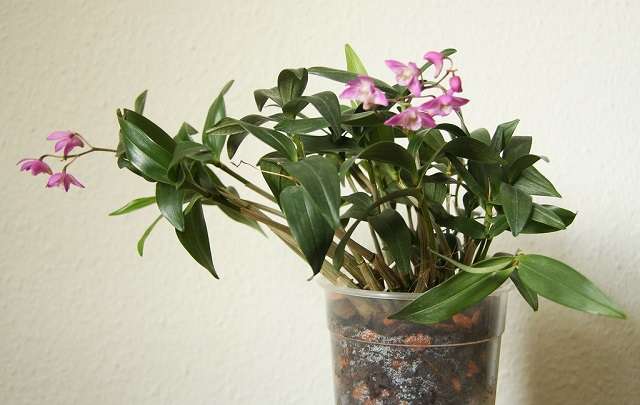
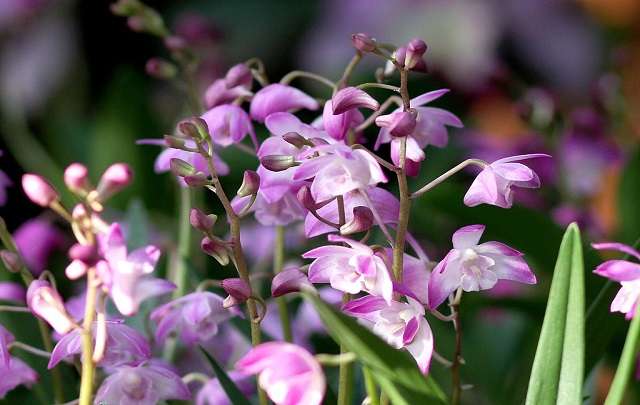
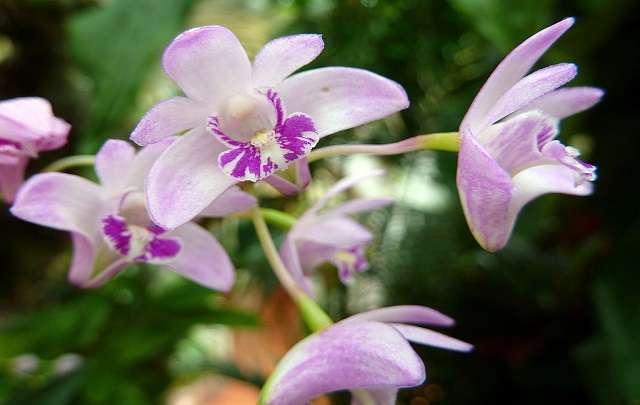

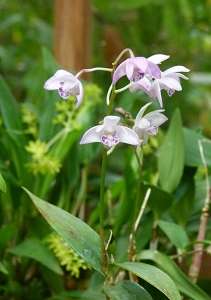
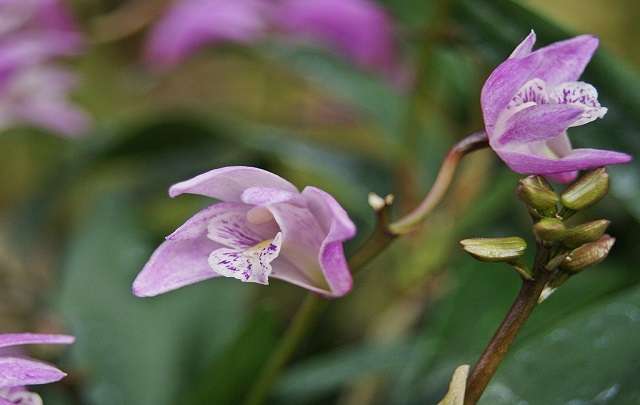
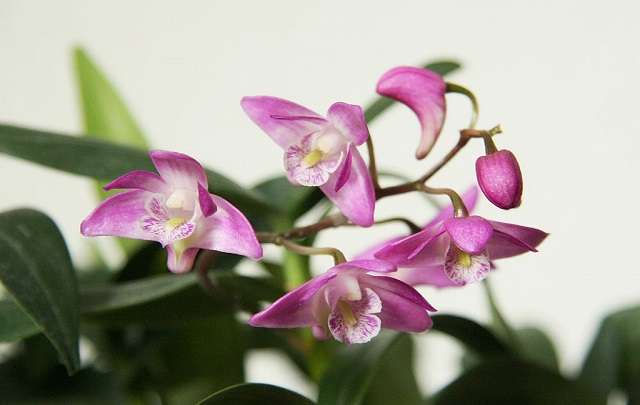
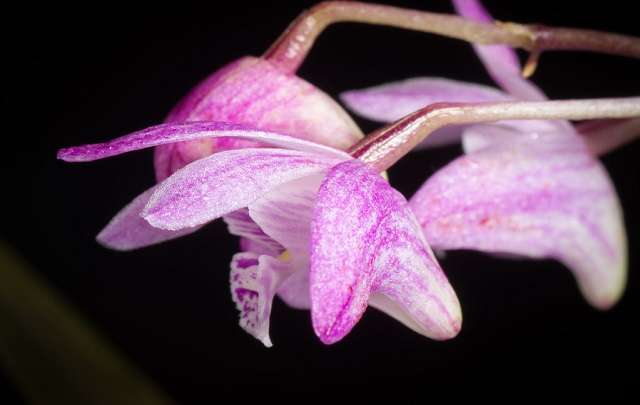

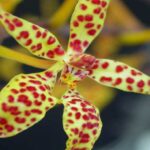

![How to Make an Orchid Bloom [Beginner's Guide]](https://planticulous.com/wp-content/uploads/2023/10/How-to-Make-an-Orchid-Bloom-featured-image-150x150.jpeg)
